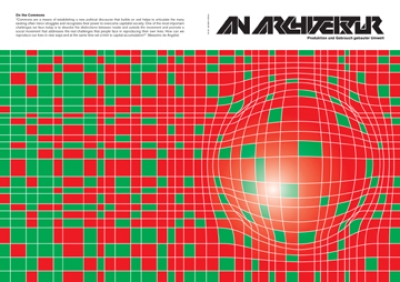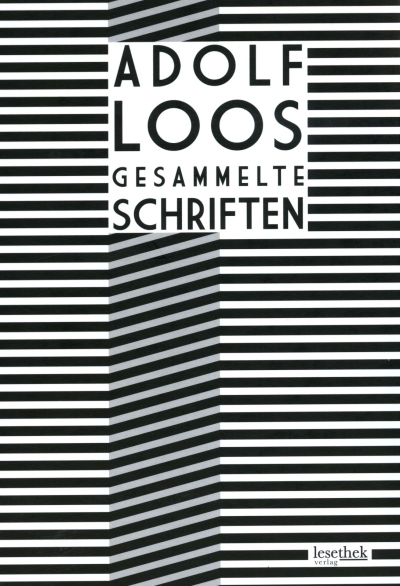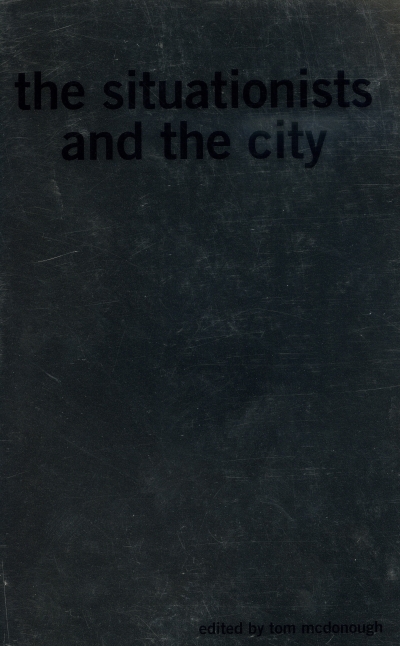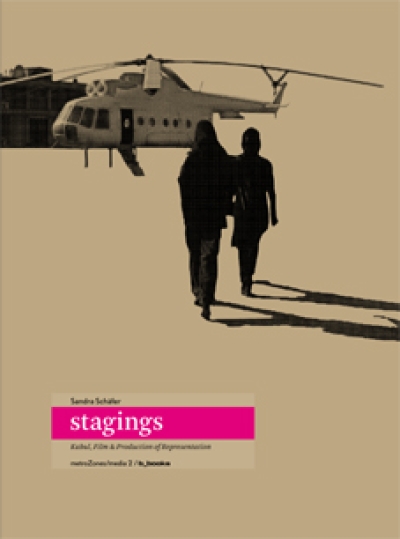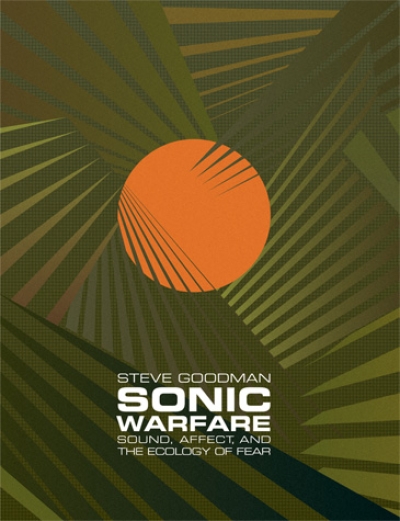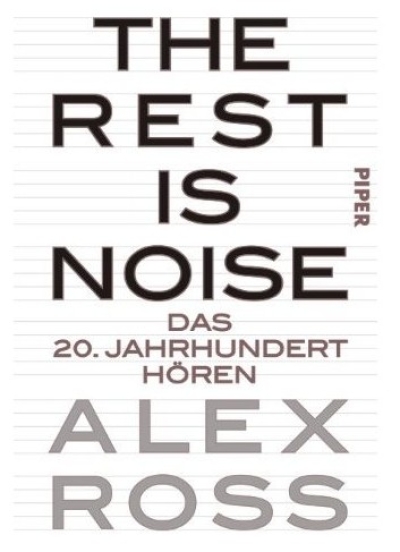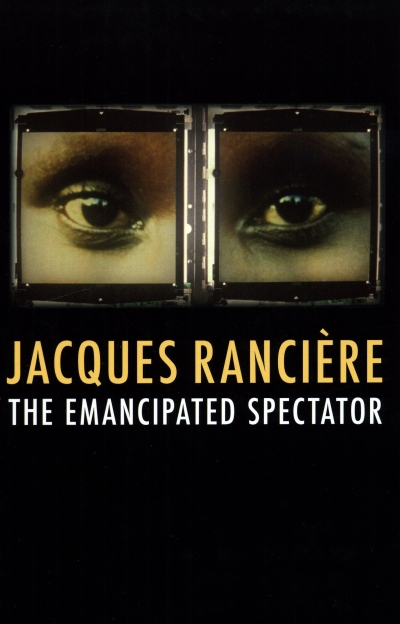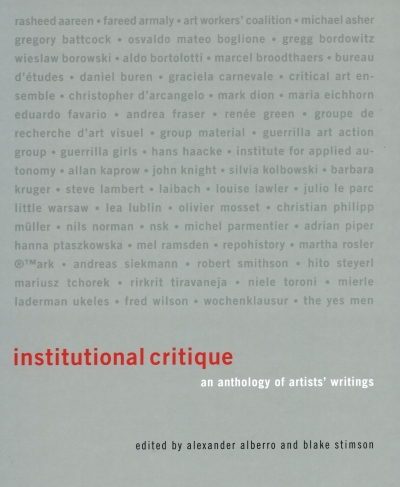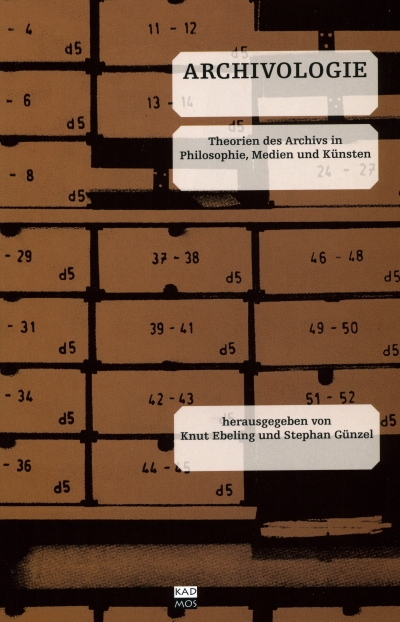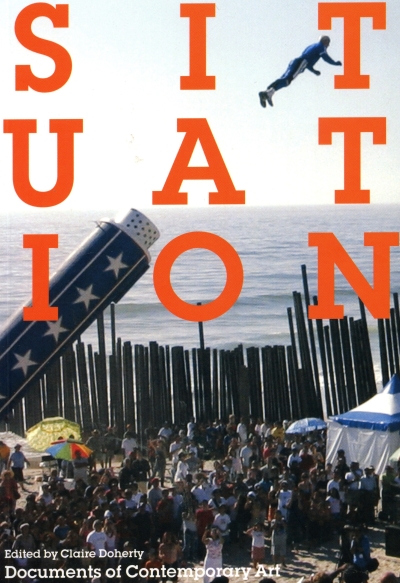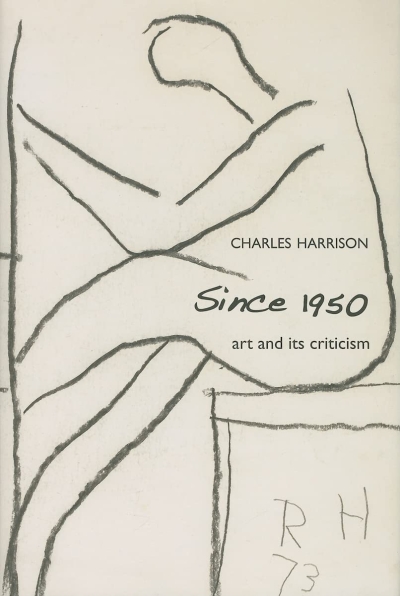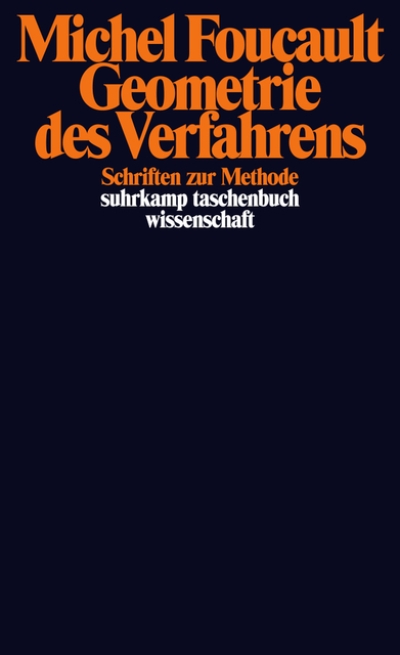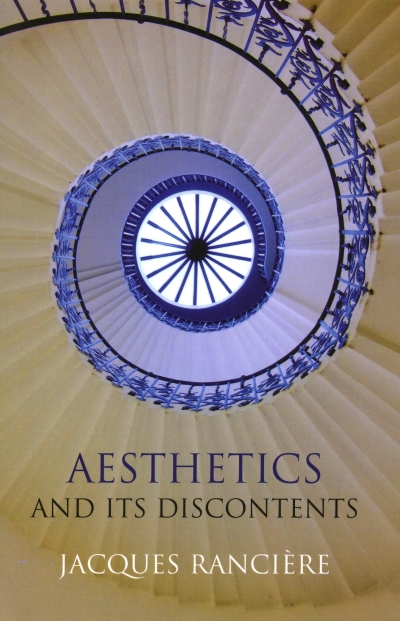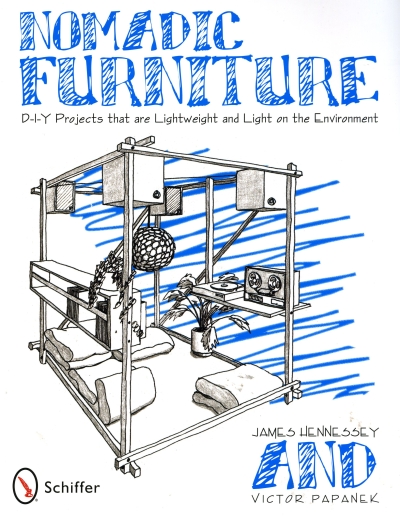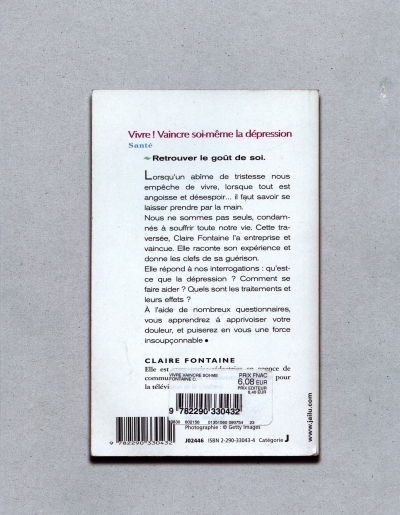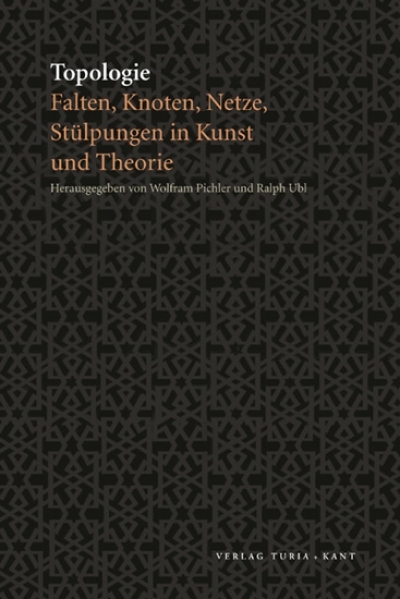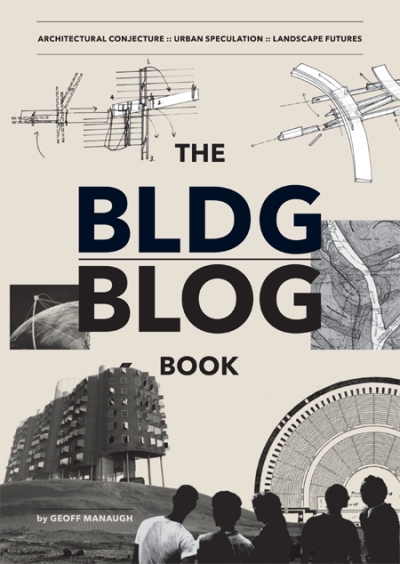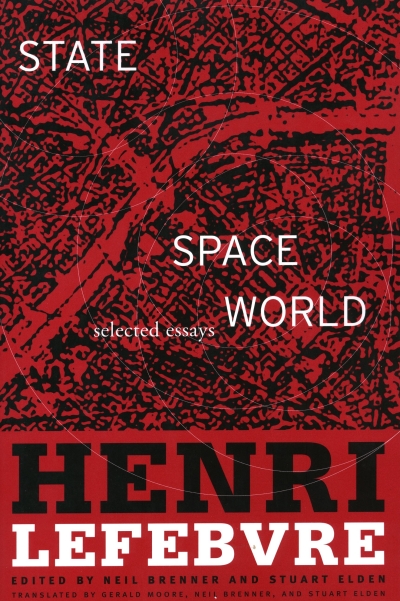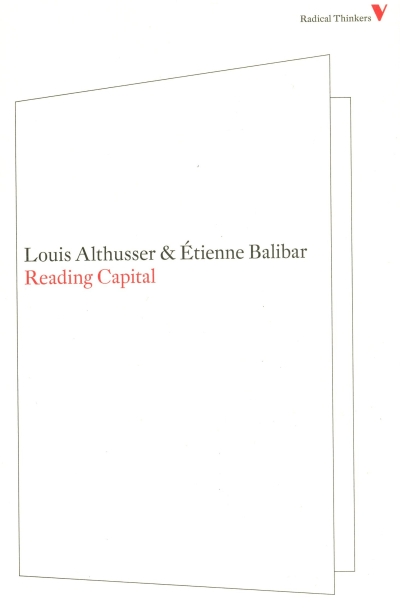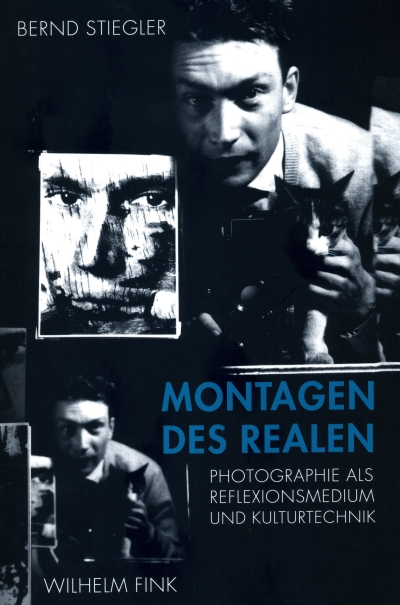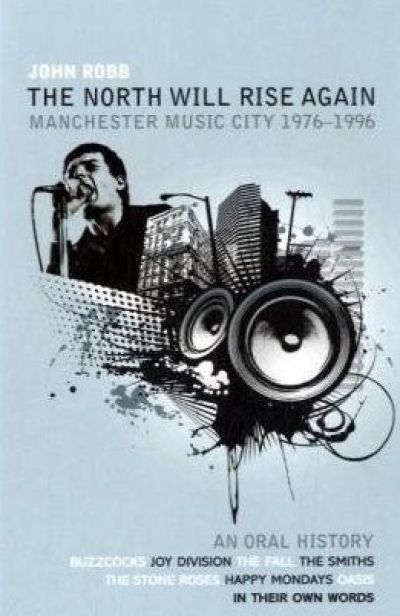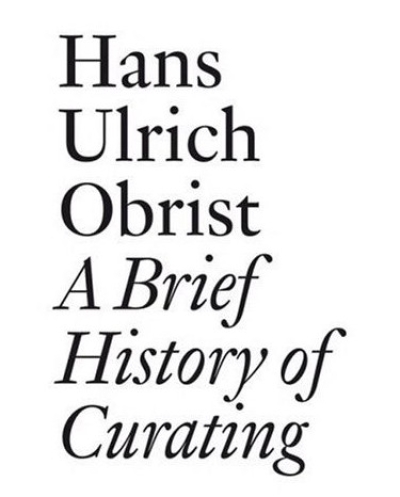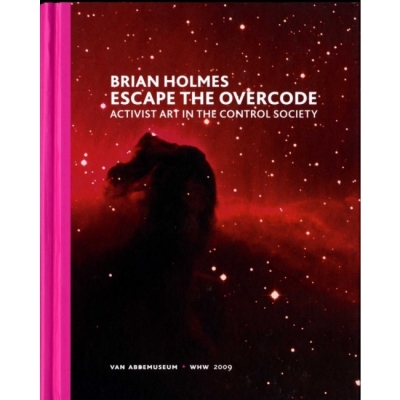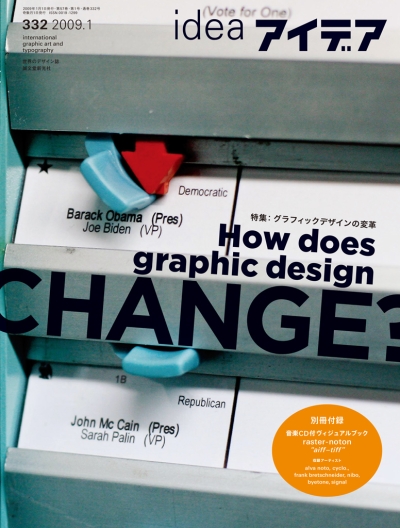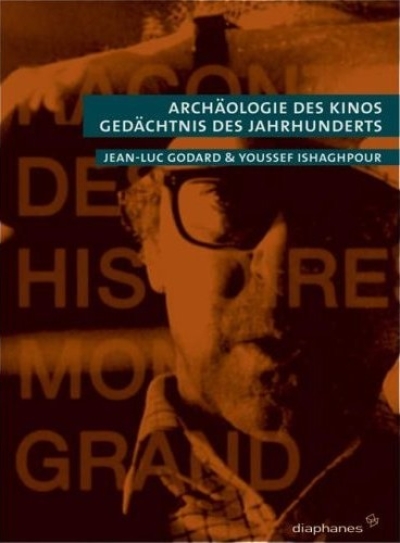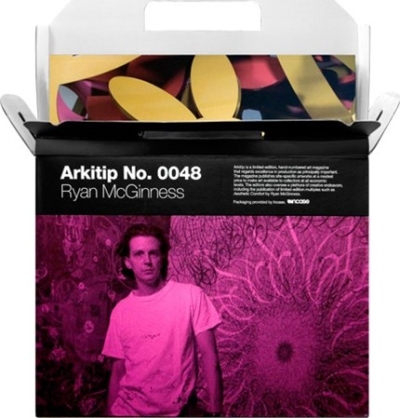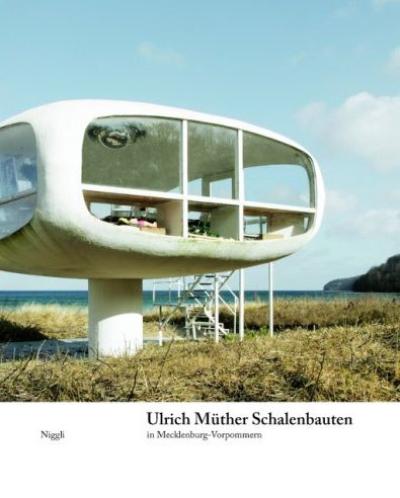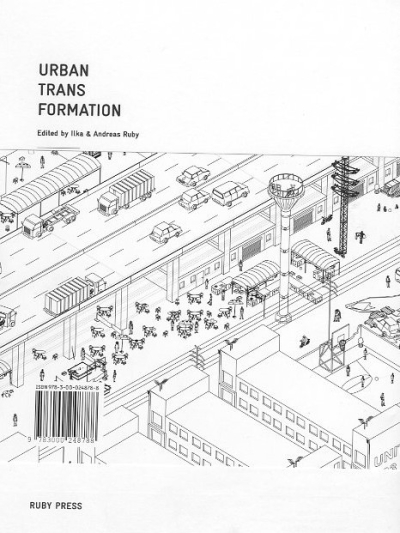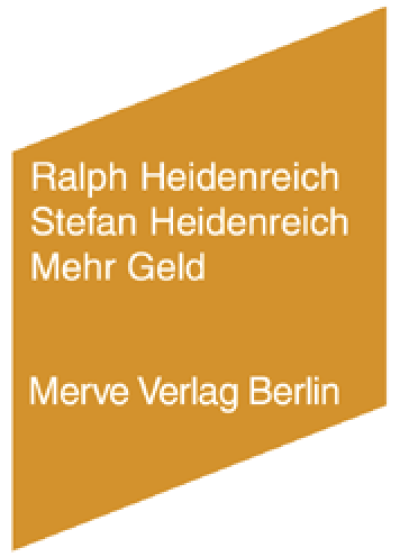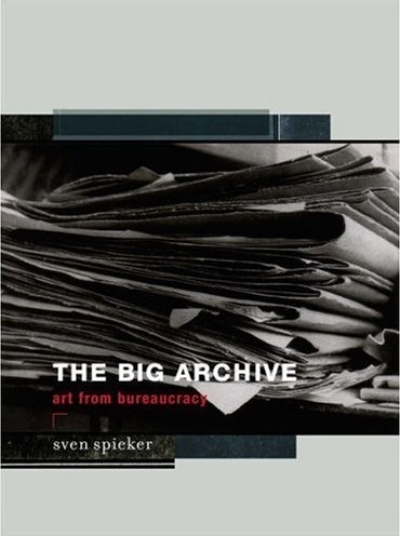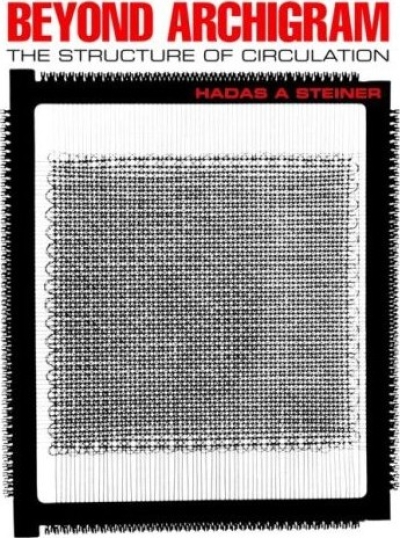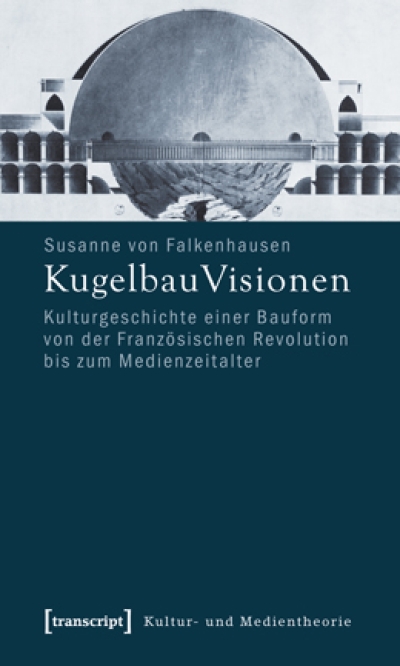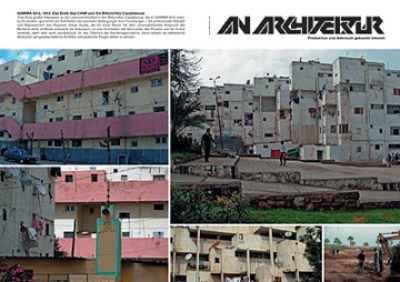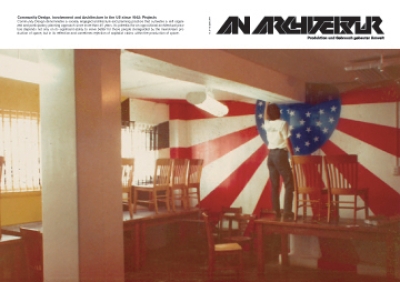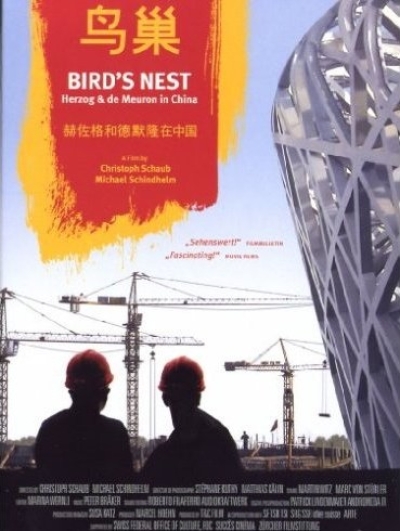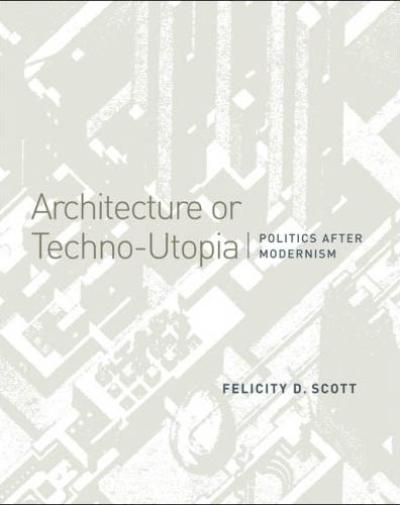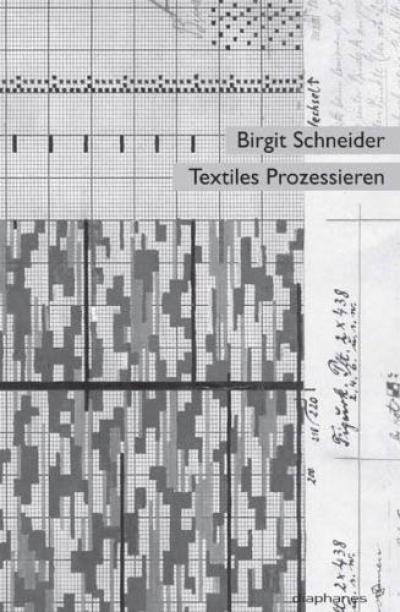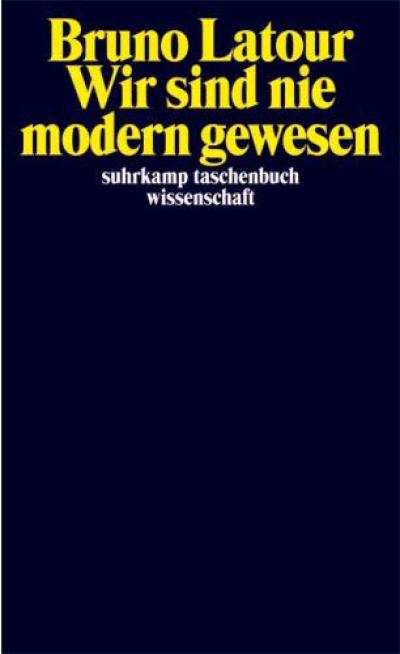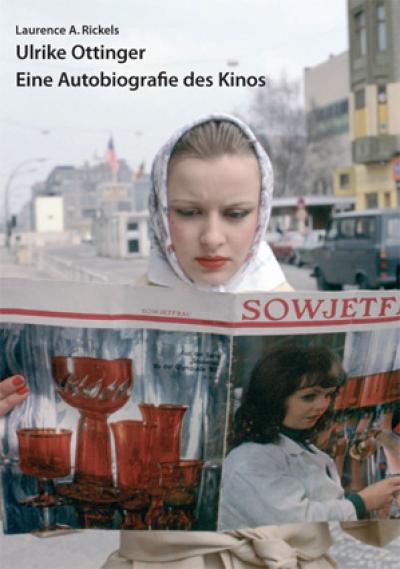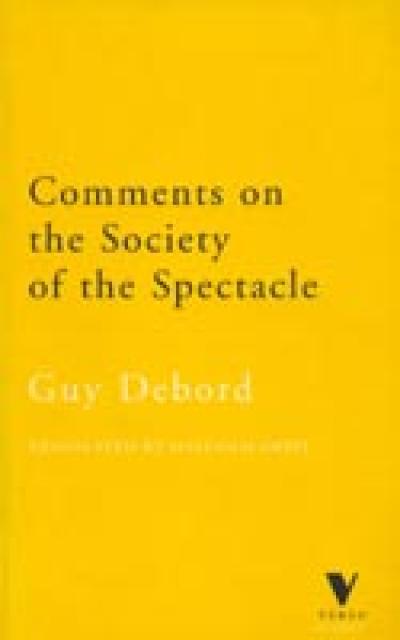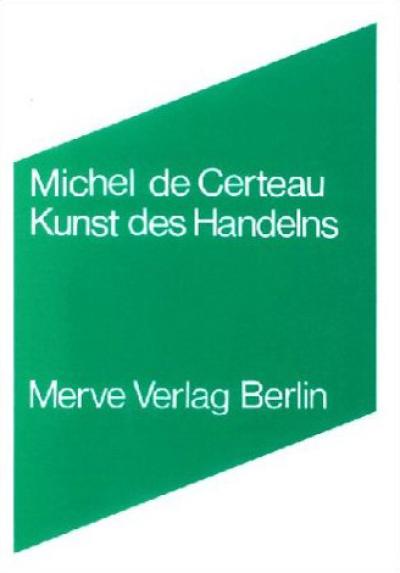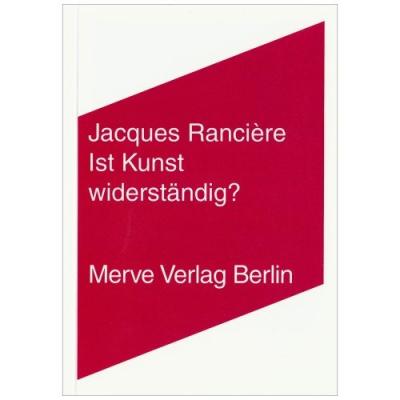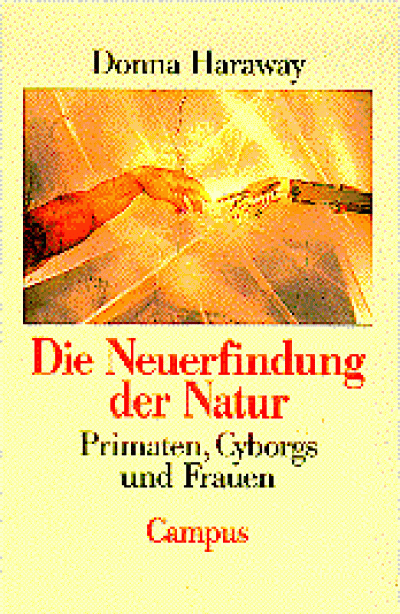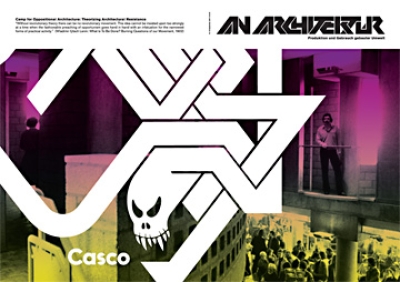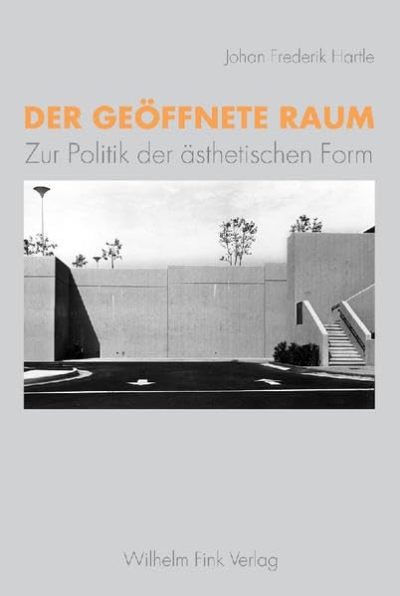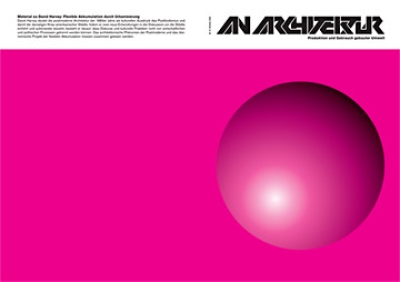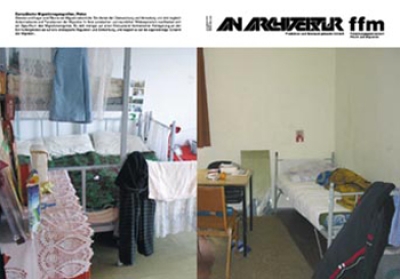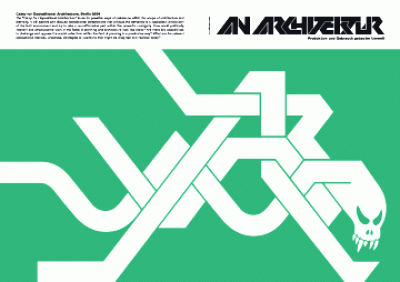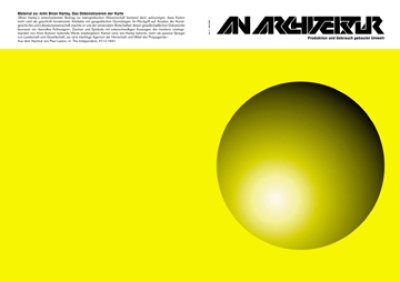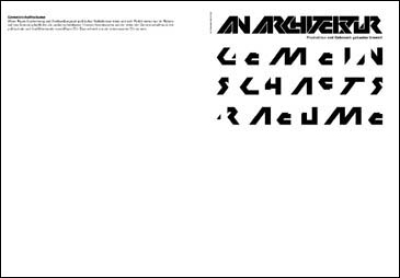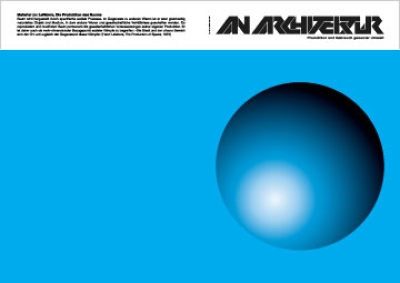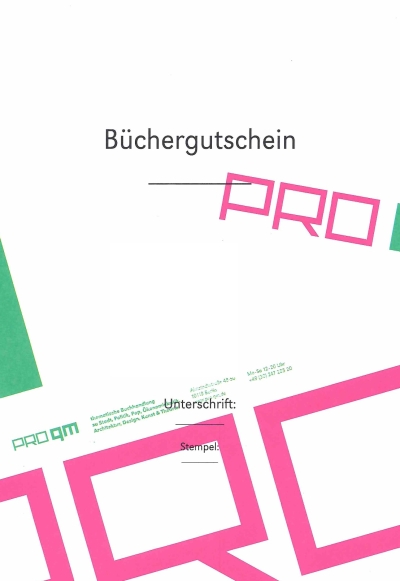
Das Marburger Bausystem. Offenheit als Prinzip
Das Marburger Bausystem ist eines der frühesten und vermutlich auch international das bekannteste deutsche Bausystem. Ursprünglich als Diplomarbeit für Hochschulbauten der Universität Kiel von Helmut Spieker entwickelt und erstmals für die Erweiterung der Universität Karlsruhe modifiziert, wurde das Bausystem schliesslich 1961/1962 auf den Marburger Lahnbergen realisiert – es steht am Anfang der Verdoppelung des deutschen Hochschulbaubestandes. Ziel ist die Schaffung eines offenen, vollkommen flexiblen Bausystems, das sowohl die Anforderungen der Erstnutzer erfüllt als auch die Möglichkeit nachträglicher Änderungen und Erweiterungen bietet. Das Marburger Bausystem setzt eine voll genormte Bauweise voraus und muss seiner Konzeption entsprechend als ein von seinem Ort und seiner Nutzung unabhängiges, neutrales System gewertet werden, wie mehrere Schulen, eine Tank- und Rastanlage nahe Fulda oder das Verwaltungsgebäude des DFB in Frankfurt beweisen. Das System ist flexibel, variabel und erweiterbar, alle Bauteile sind typisiert, vorgefertigt, können einfach montiert und demontiert werden. Es begünstigt damit sogar grössere Reparatur- und Sanierungsmassnahmen. Die Publikation soll dieses Bausystem der Fachwelt und Liebhabern guter Architektur wieder in Erinnerung bringen. Besondere Aktualität erhält es durch den Umstand, dass die Marburger Universität kürzlich unter Denkmalschutz gestellt wurde.
The Marburg Building System
Open as a matter of principle
The Marburg Building System has been one of the earliest, and is probably one of the internationally best known German building systems. Originally developed by Helmut Spieker for a diploma thesis on university construction at the University of Kiel, and modified for the expansion of the University of Karlsruhe, the construction system was for the first time fully realized in 1961/1962 on the Marburg Lahn Hills. It marks the beginning of a construction boom doubling the building stock of German universities. The aim was to create an open, fully flexible construction system that would satisfy the needs of the end users as well as offer the possibility for later modification or extension. The Marburg Building System requires a fully standardized building method and according to its conception has to be regarded as a neutral system, completely independent of its location or use, as multiple schools, a highway gas station and service area near Fulda or the DFB’s administrative building in Frankfurt prove. The system is flexible, adaptable and extendable, all building blocks are standardized, pre-fabricated, easy to mount and demount. This even facilitates larger-scale repair and renovation works. This publication aims at bringing the building system back to the attention of experts and fans of good architecture. The topic is all the more up-to-date as the University of Marburg was recently declared a building of historic interest and thus protected by built heritage conservation.











